

01-01-70
Every successful business tracks its financial performance using three primary financial statements. These include the balance sheet, the income statement, and the cash flow statement. While all three serve different purposes, they are deeply connected and provide valuable insights into your company finances.
In this blog, we focus on balance sheet vs cash flow, how they differ, and how they relate to the income statement. We also answer common questions like does cash go on the income statement and is cash on the income statement.
Before comparing specific reports, it is important to know the function of all three core statements:
Balance Sheet – shows the company’s assets, liabilities, and equity at a specific point in time
Income Statement - (also called Profit and Loss Statement) – reports revenues and expenses over a period
Cash Flow Statement – shows actual cash coming in and going out during that same period
These reports work together to show how much you own, how much you owe, how profitable you are, and how much cash you really have.
The balance sheet provides a snapshot of your business financial position. It answers the question: What do we own, and what do we owe
Key components of the balance sheet:
Assets – cash, receivables, inventory, equipment
Liabilities – loans, accounts payable, credit cards
Equity – retained earnings and owner capital
It shows your company health at a moment in time but does not show how much cash moved during the period.
The cash flow statement focuses only on actual cash movement. It shows whether your business is bringing in enough cash to pay bills, cover payroll, and invest in growth.
The three sections of a cash flow statement include:
Operating activities – cash from sales and services
Investing activities – purchase or sale of equipment or investments
Financing activities – loans, equity injections, repayments
|
Feature |
Balance Sheet |
Cash Flow Statement |
|
Shows |
Assets, liabilities, equity |
Actual cash movement |
|
Timing |
Specific point in time |
Over a time period |
|
Purpose |
Measures net worth |
Measures liquidity |
|
Format |
Snapshot view |
Activity-based report |
|
Source of Information |
Ending balances |
Cash transaction records |
Many business owners confuse the income statement vs cash flow statement, but they show very different things:
Income statement tracks revenue and expenses, including non-cash items like depreciation.
Cash flow statement tracks only cash in and out.
So when asking does cash go on the income statement — the answer is no. Cash itself is not listed, only the revenues and expenses that may impact cash. You see cash details only on the cash flow statement.
These three financial statements are connected:
The income statement shows if your business is making a profit.
The balance sheet shows your net worth at the end of the period.
The cash flow statement shows whether you can pay your bills and fund operations.
You need all three to understand your complete financial picture.
Understanding the difference between income statement and cash flow statement helps you:
Manage cash better
Avoid surprise shortfalls
Make informed borrowing or investment decisions
Monitor profitability and solvency
Using just one report will not give you the full story. For example, you may be profitable but still running out of cash.
At 360 Accounting Pro Inc, we help small businesses and service providers make sense of their financial data. We ensure:
Monthly financial statements are accurate and complete
All three reports are properly prepared and easy to understand
You know the difference between each report and how to use it
You get support with cash flow planning and financial forecasting
We use tools like QuickBooks Online and Xero to generate real-time financial insights that keep you in control.
Knowing the balance sheet vs cash flow statement difference is key to managing a healthy business. While the balance sheet tells you what you own, the cash flow statement shows whether you can keep running your business day to day.
If you want clear, professional financial statements every month, let 360 Accounting Pro Inc support you. Get in touch today to schedule your free consultation.
Tags : balance sheet vs cash flow statement, difference between cash flow and income statement, financial statements for small business, understanding financial reports, cash flow vs income statement, cash on income statement, what are the three financial statements, cash flow statement explained, balance sheet components, financial reporting for small businesses, income statement vs profit and loss, small business accounting basics, how to read financial statements, accounting for small business owners, 360 Accounting Pro Inc



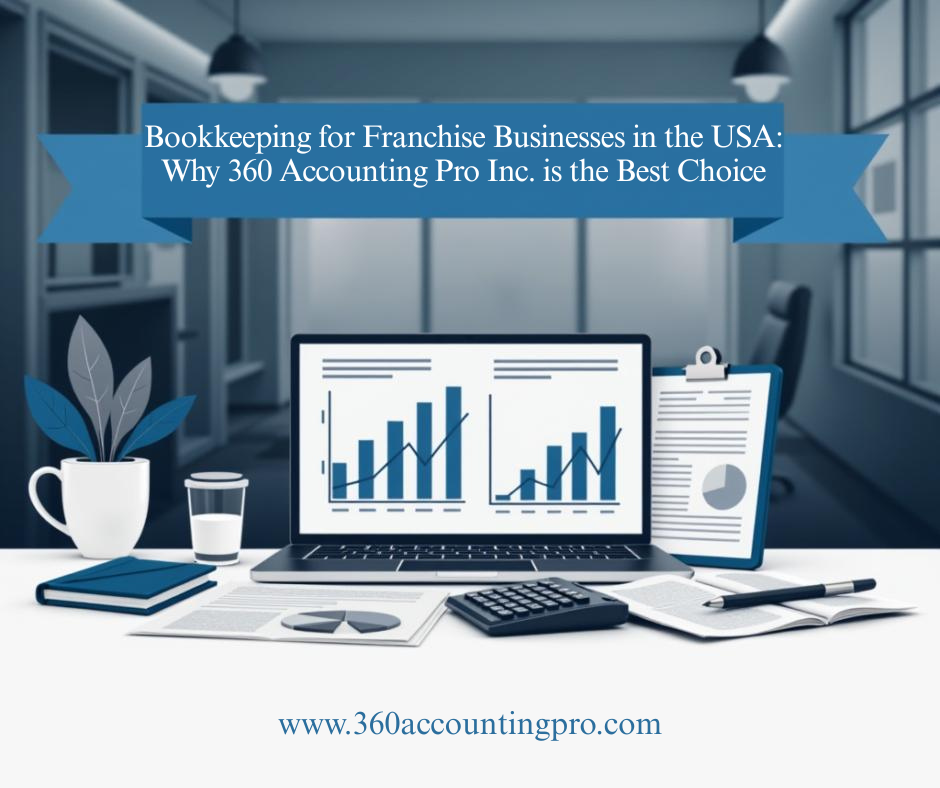
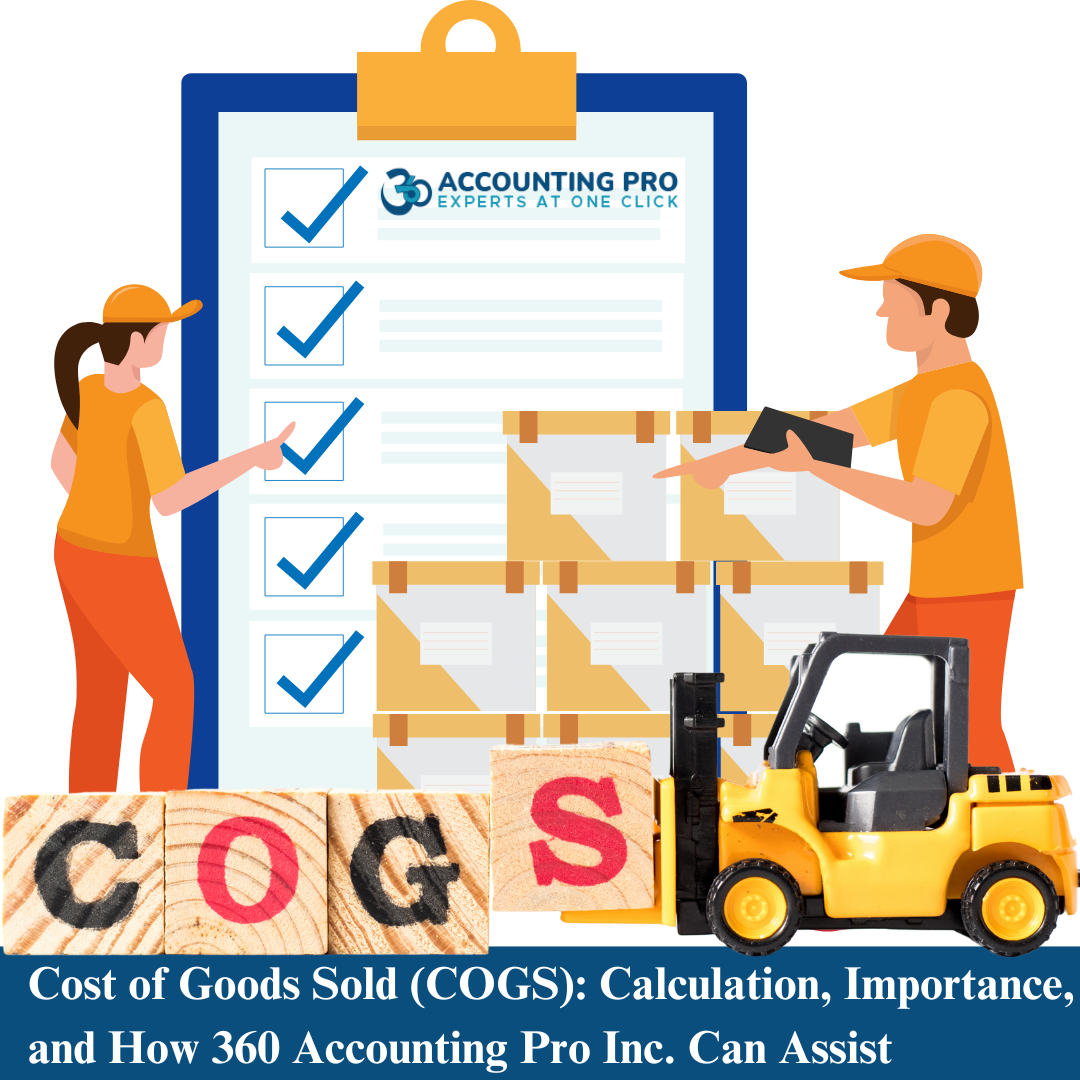


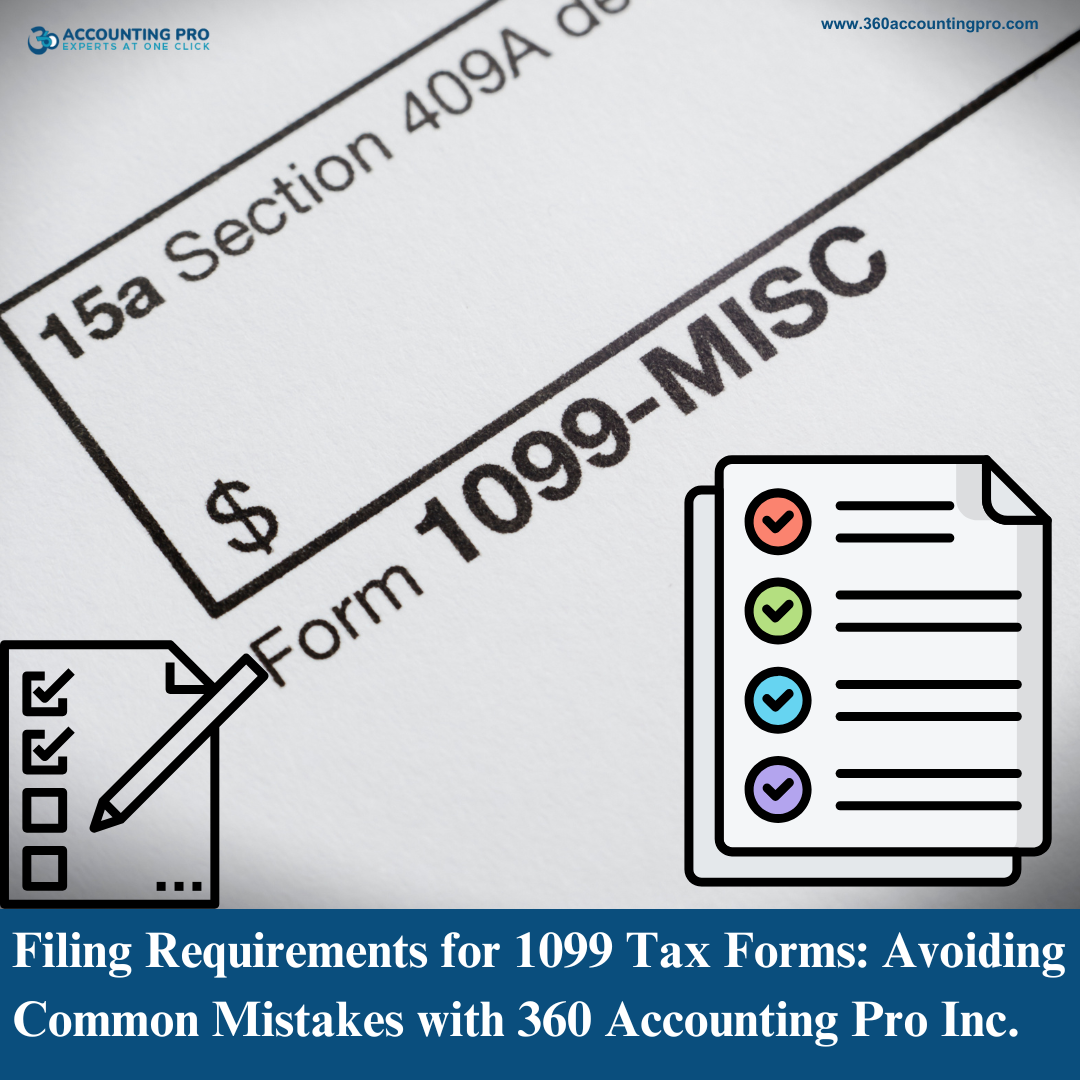


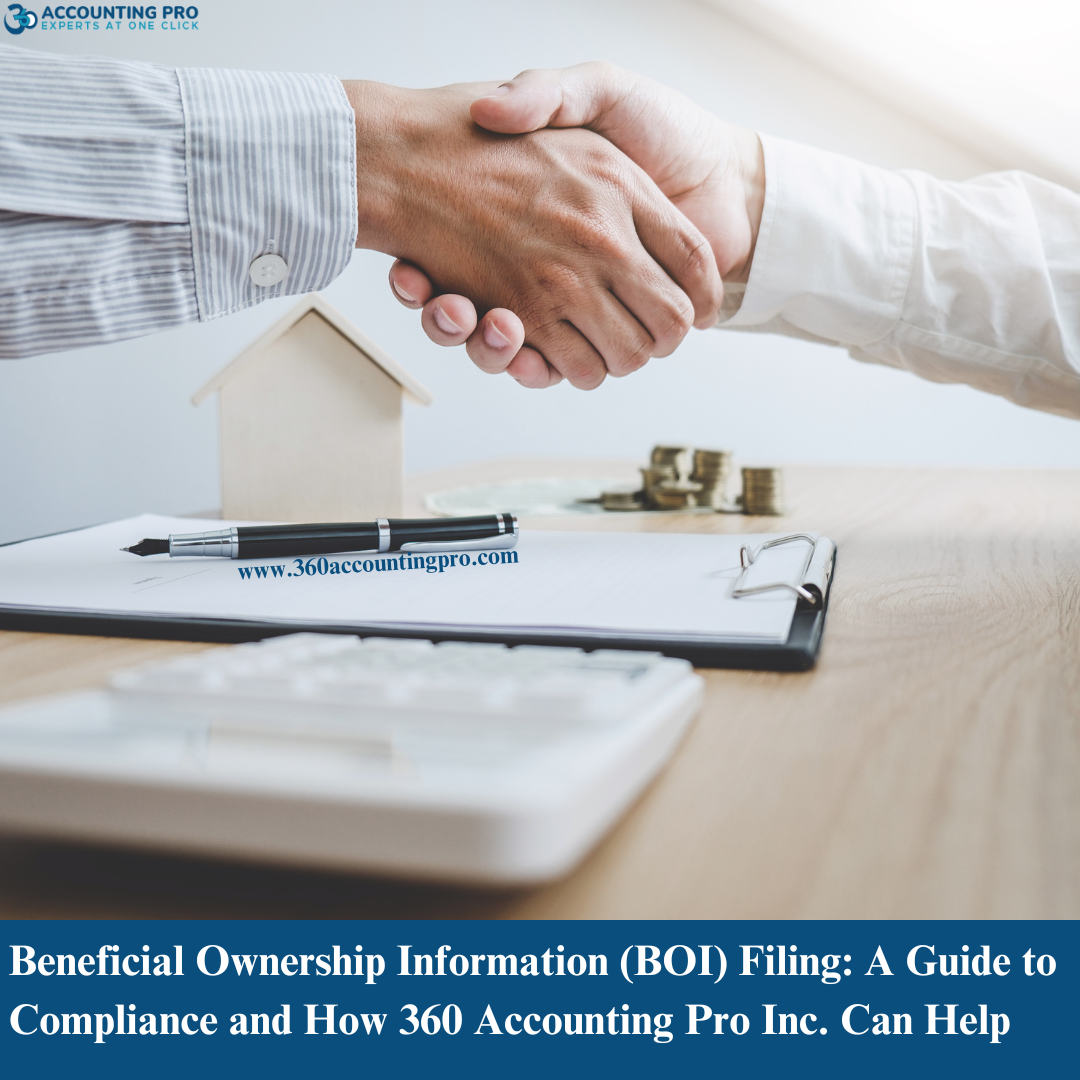
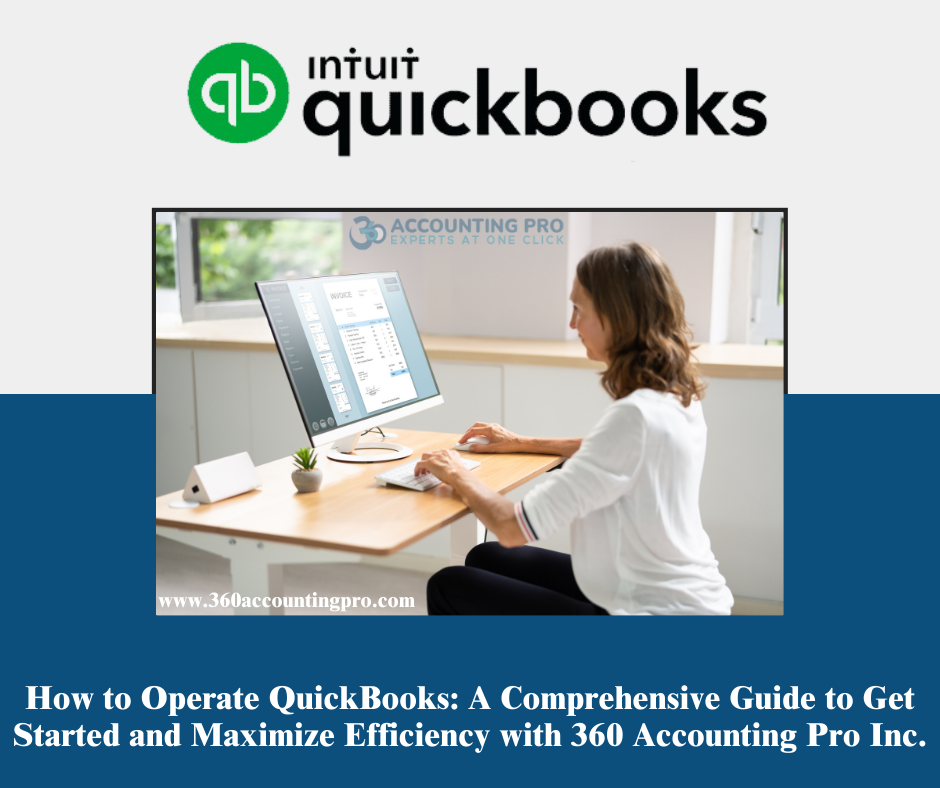

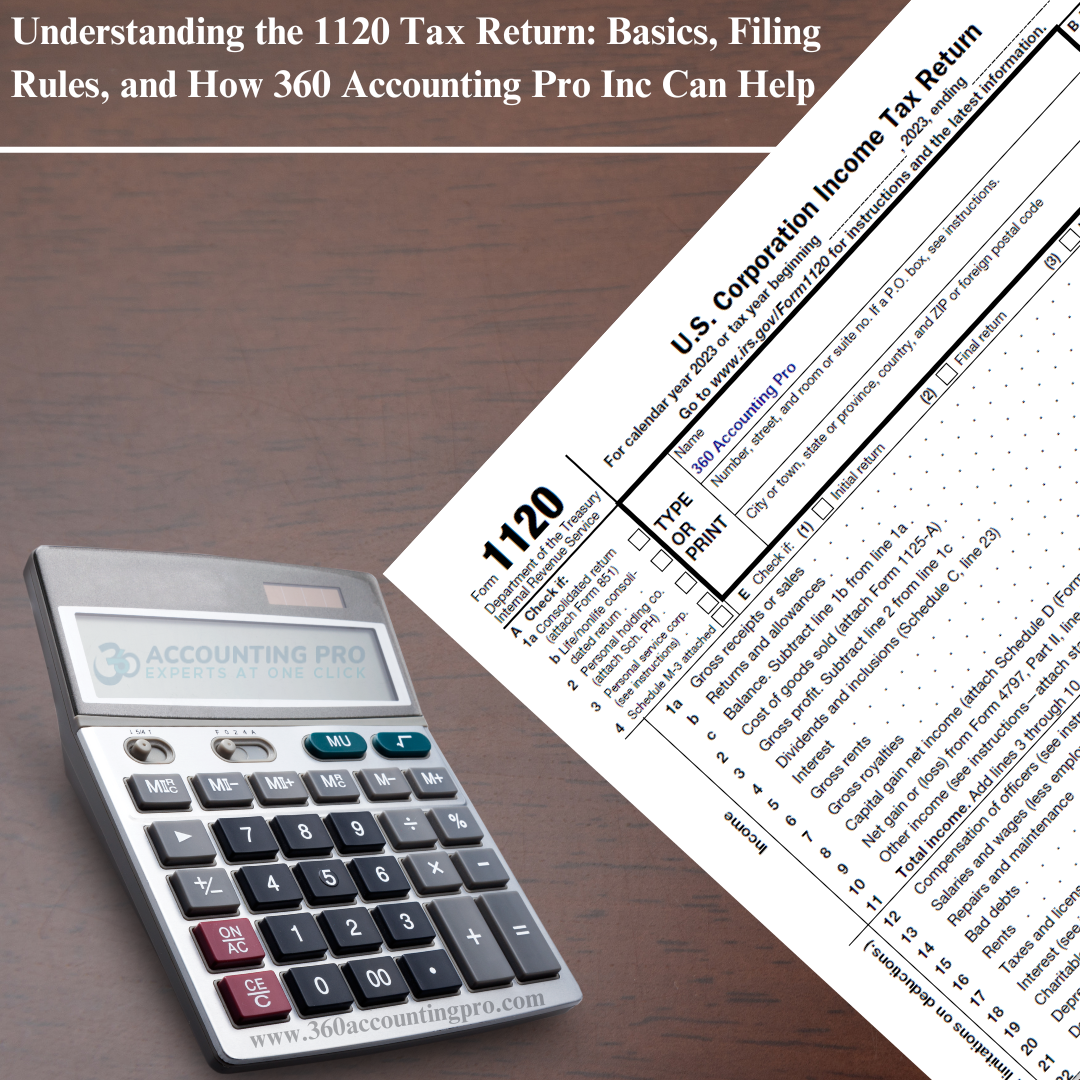

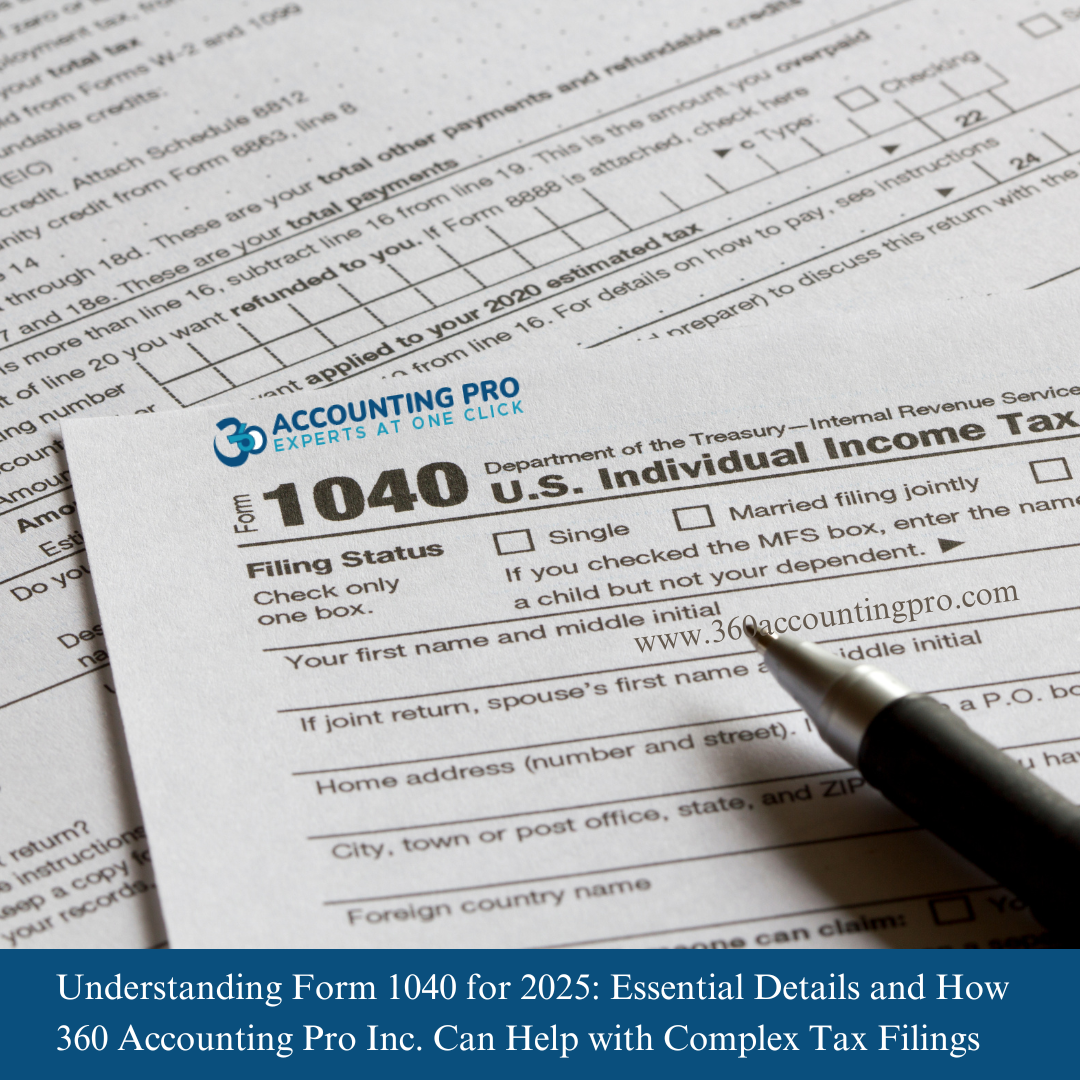

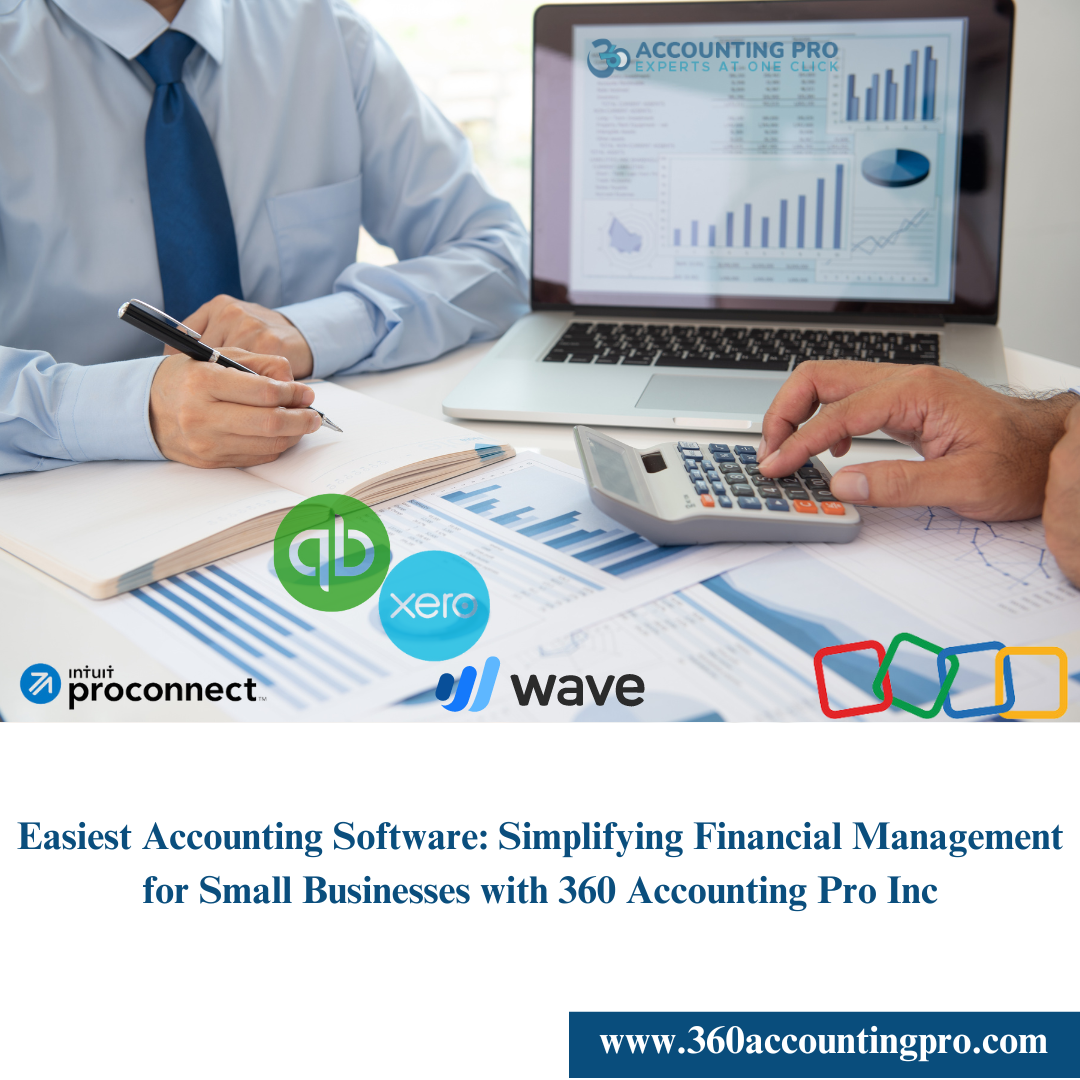
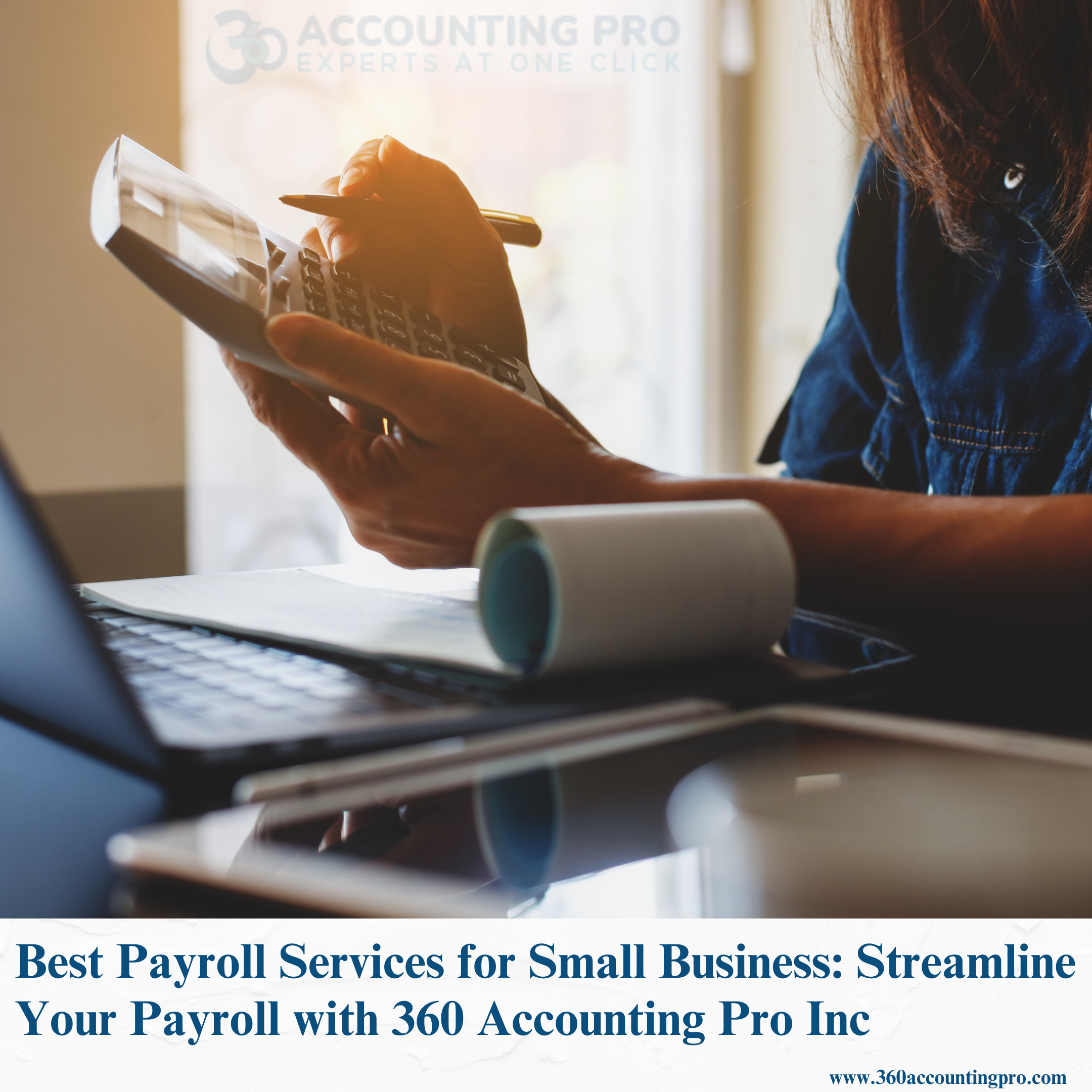

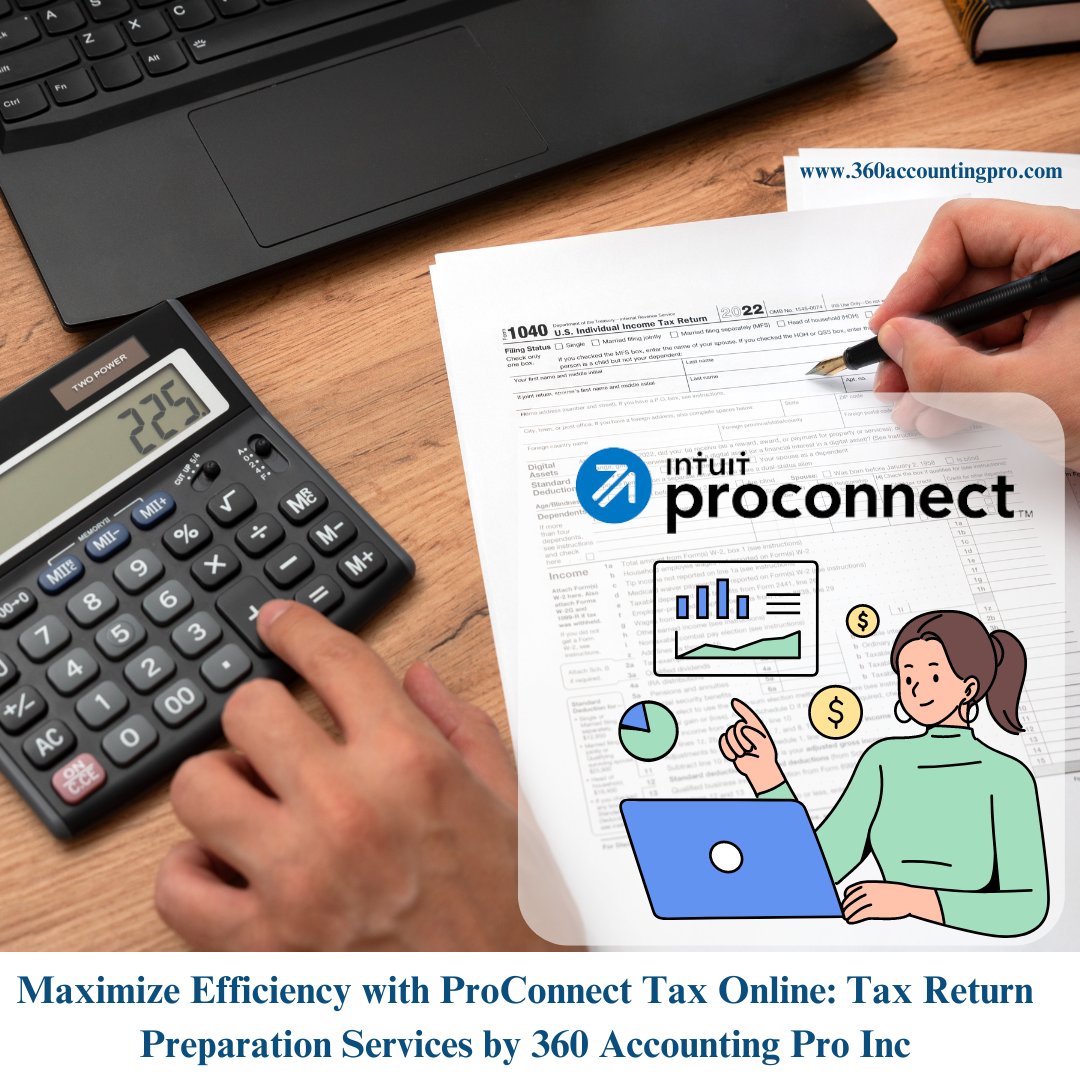




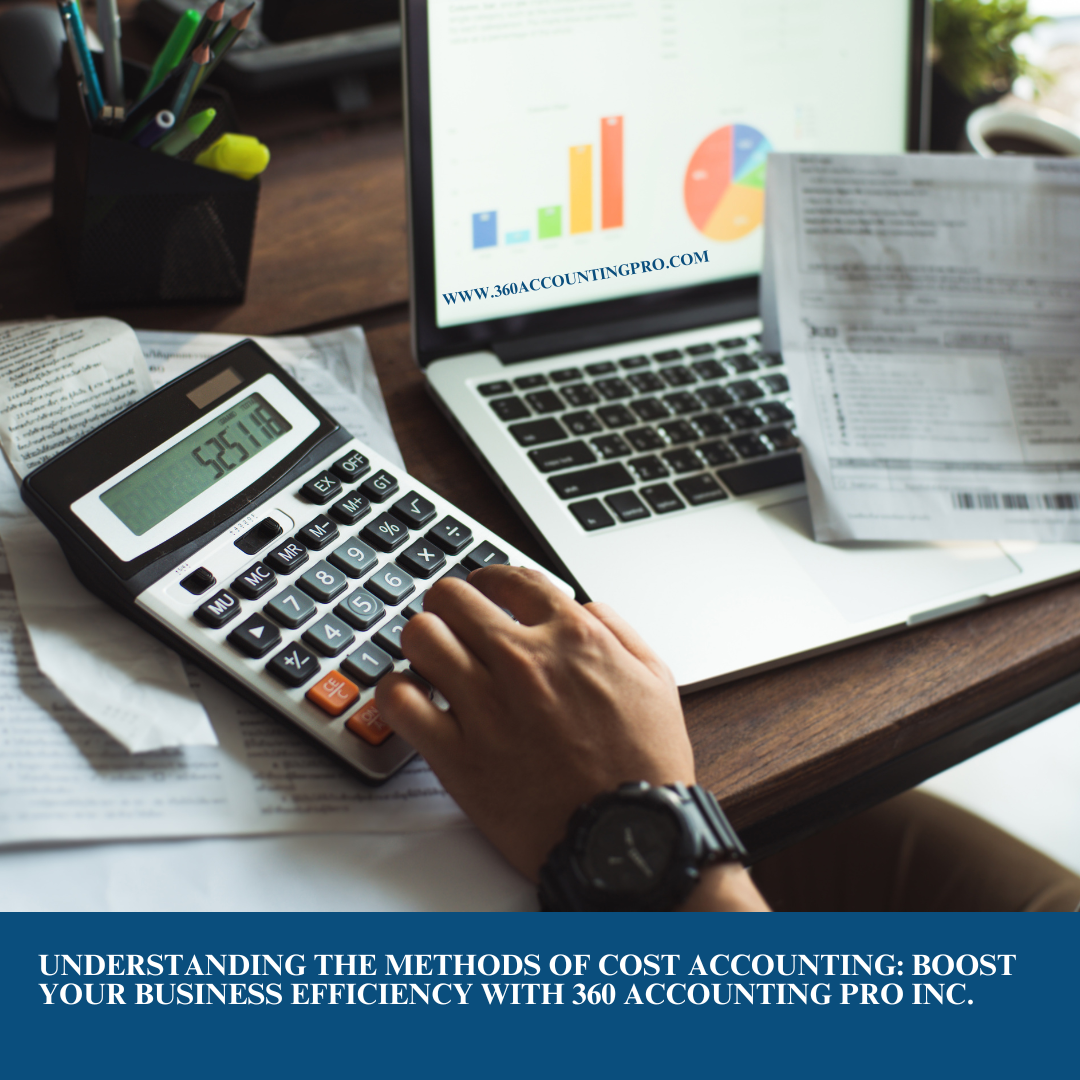
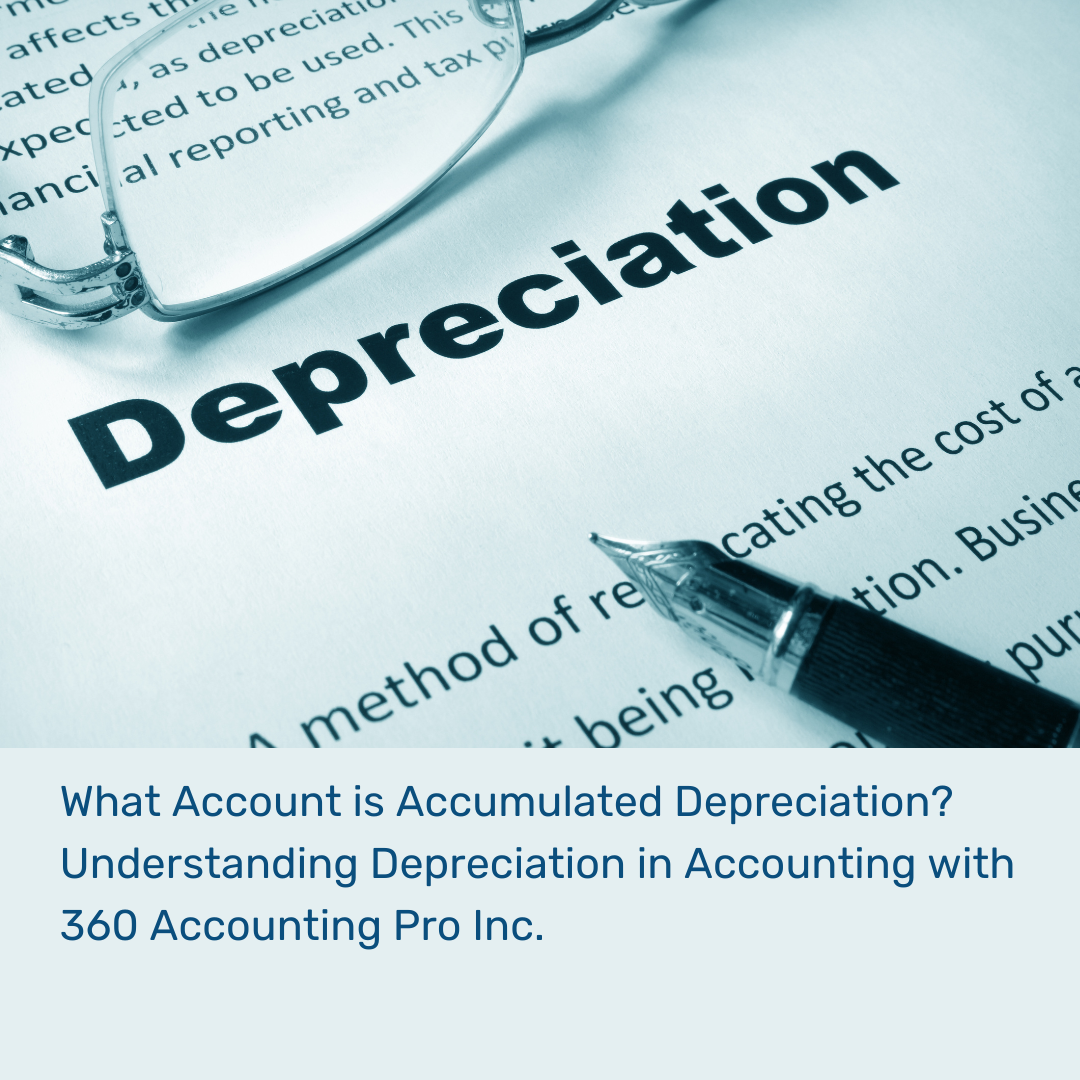



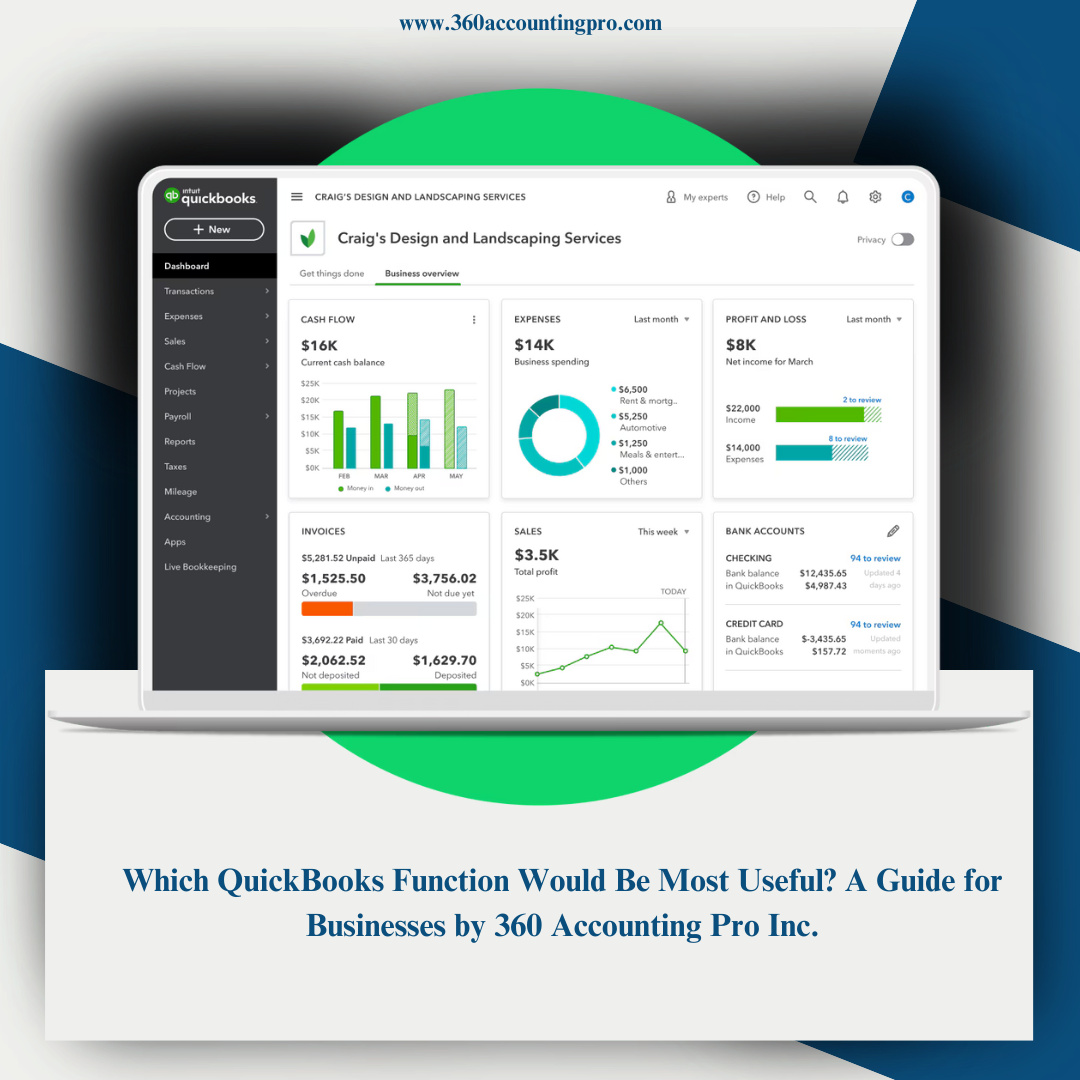

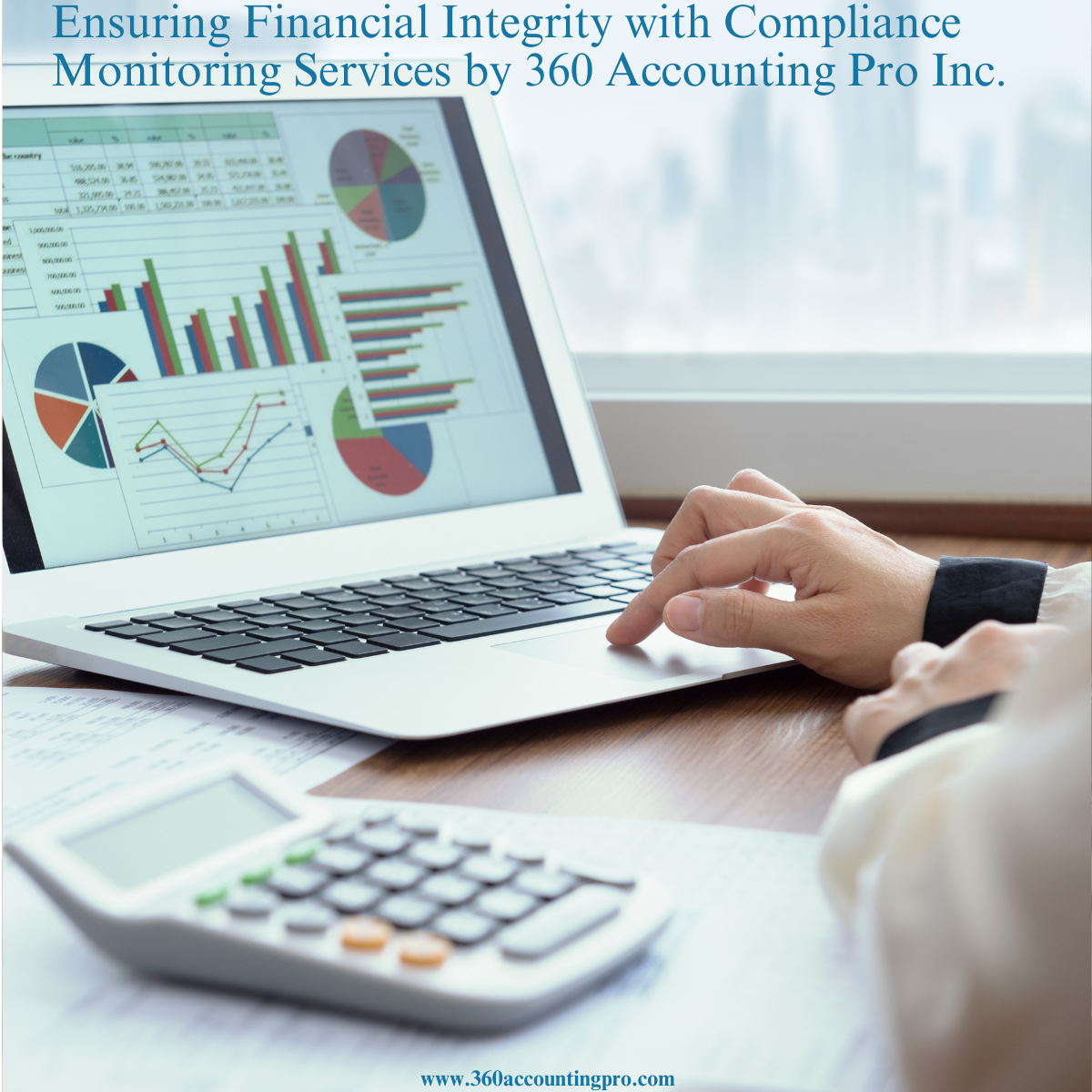





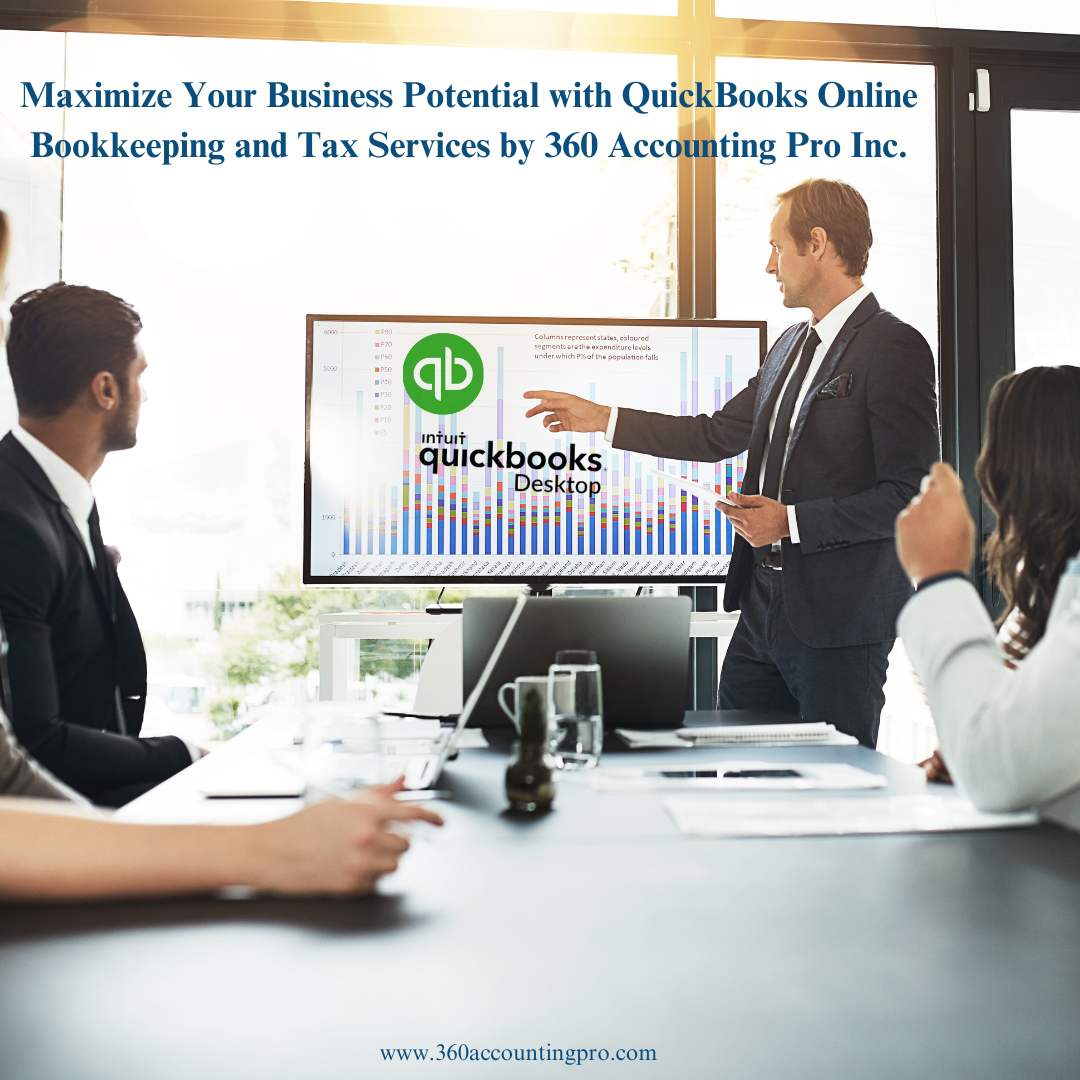
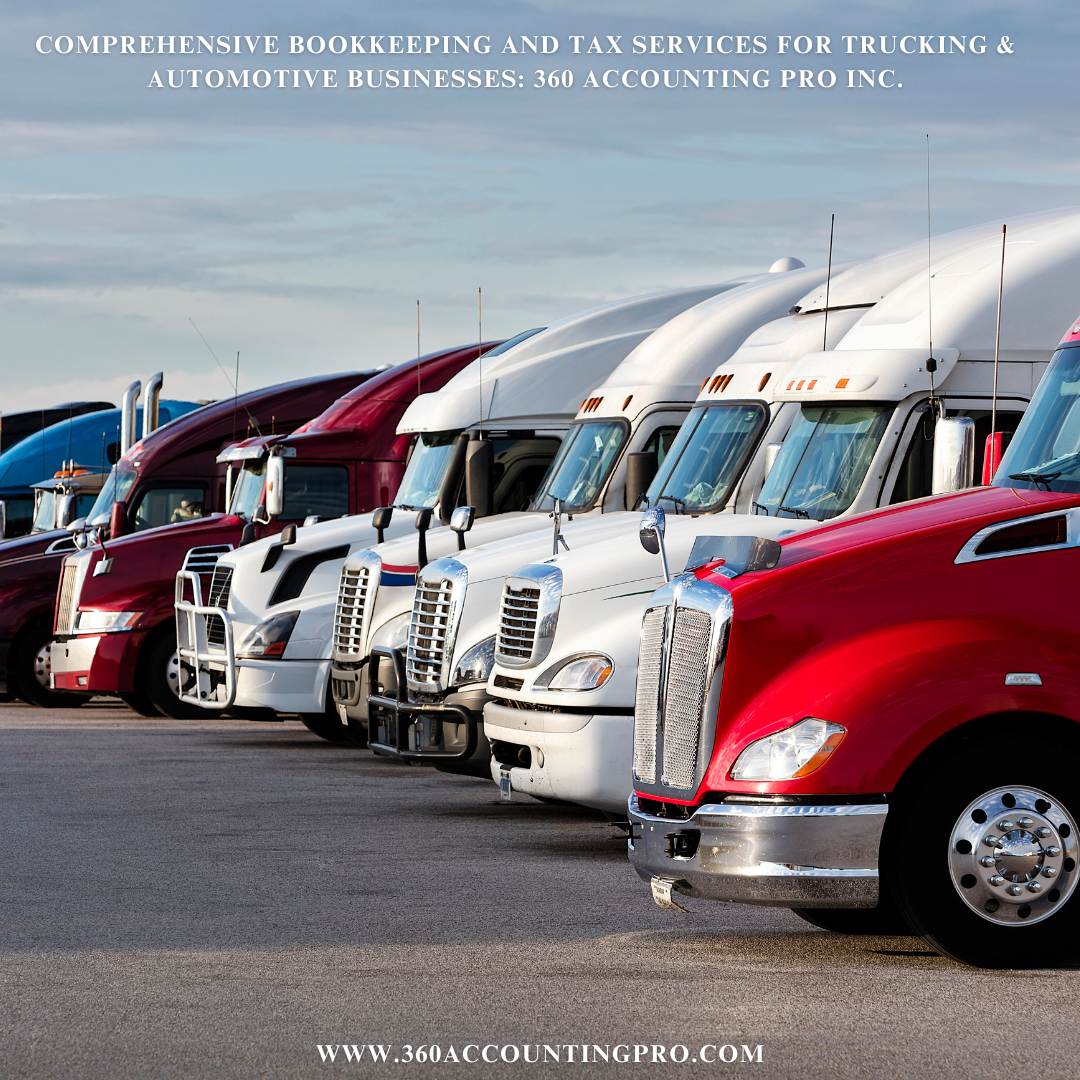



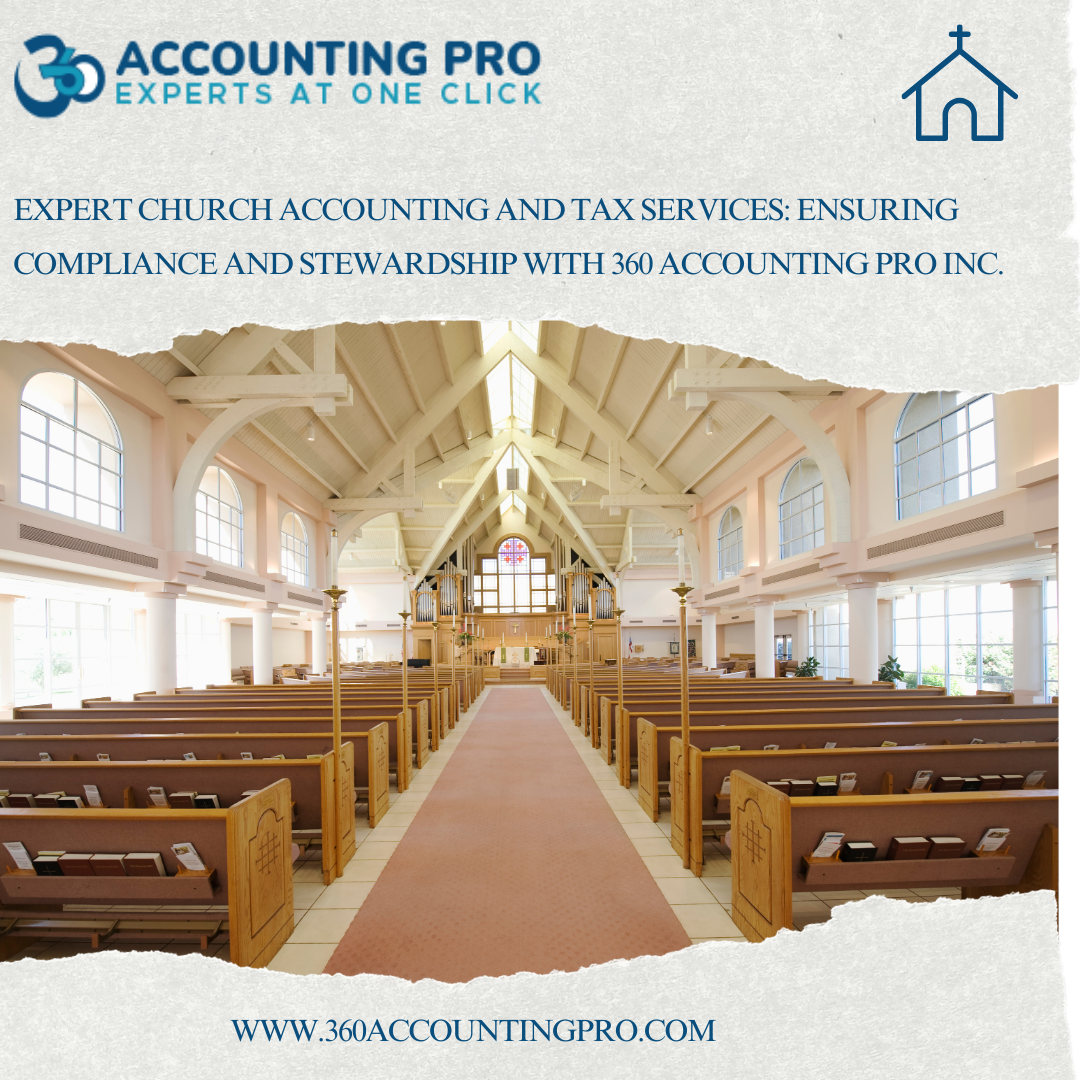




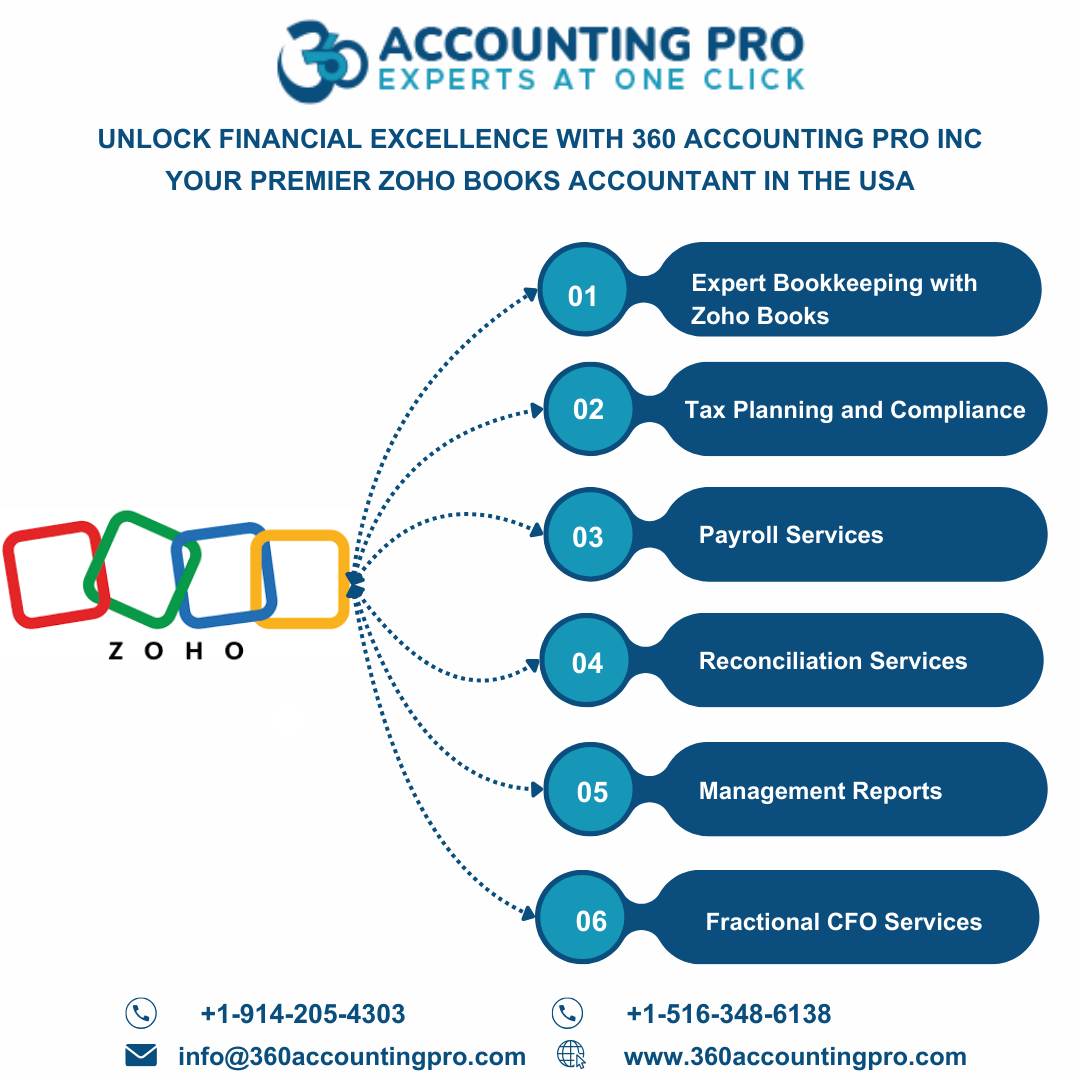

.jpg)
.jpg)
.jpg)
.jpg)


).jpg)





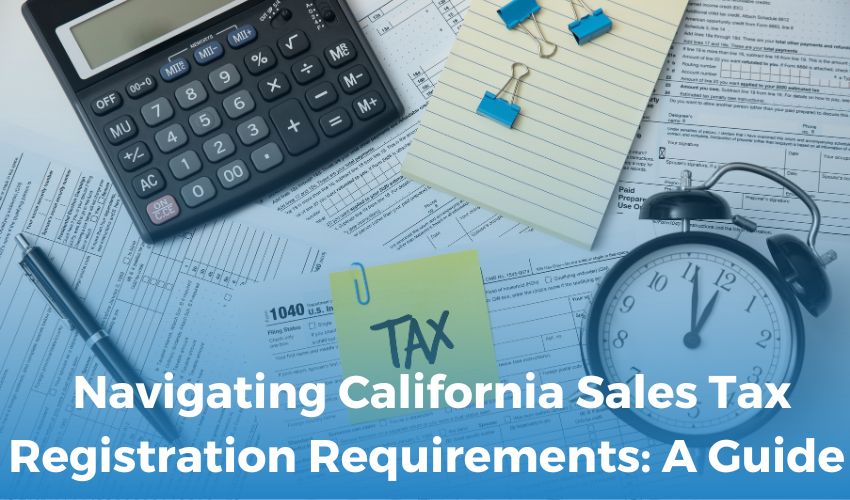

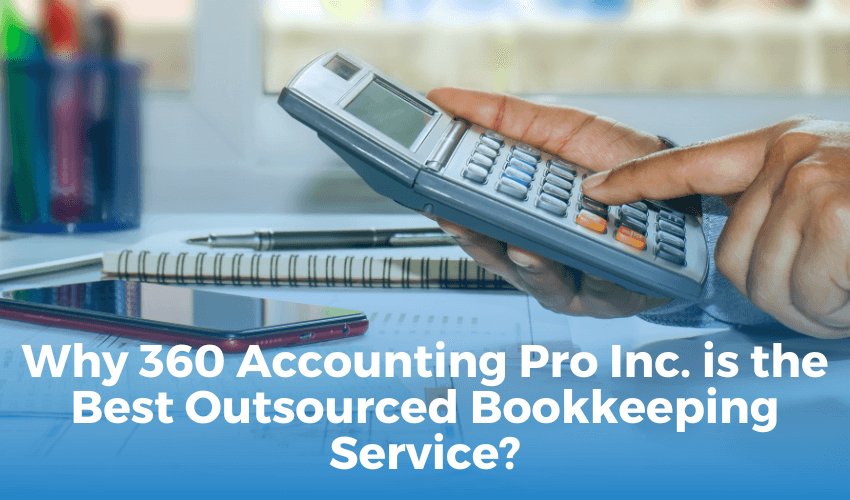



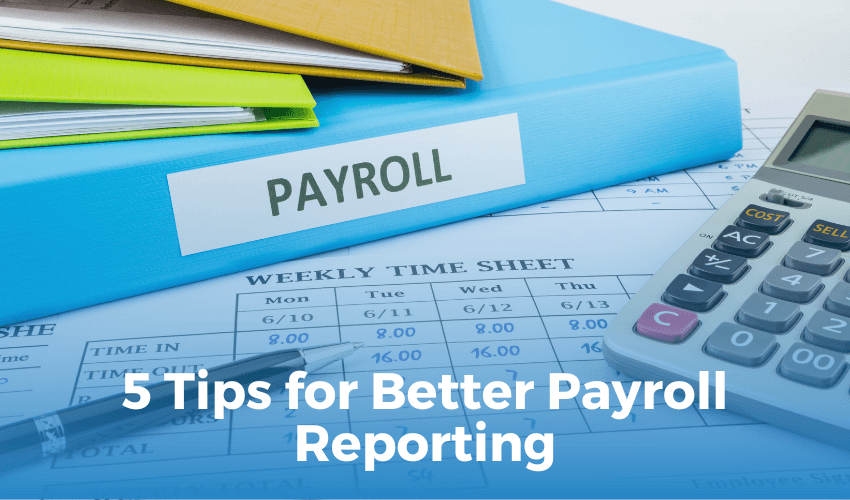
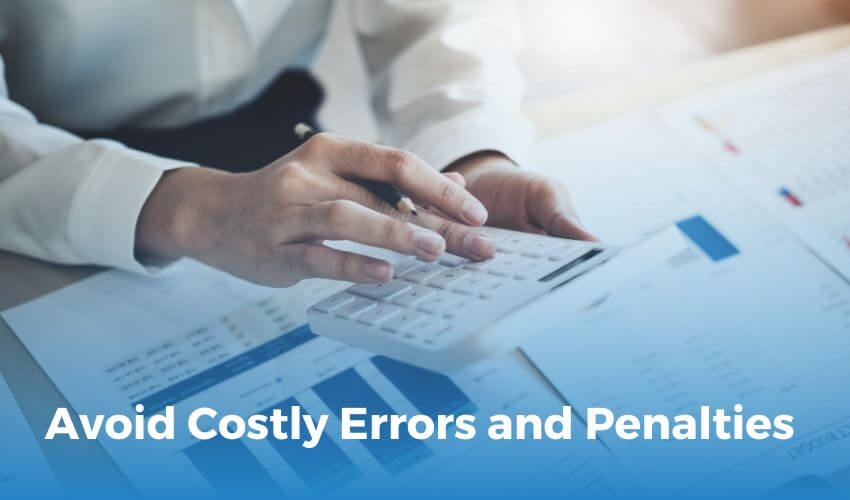

 Get A Quote
Get A Quote
Leave A Comment